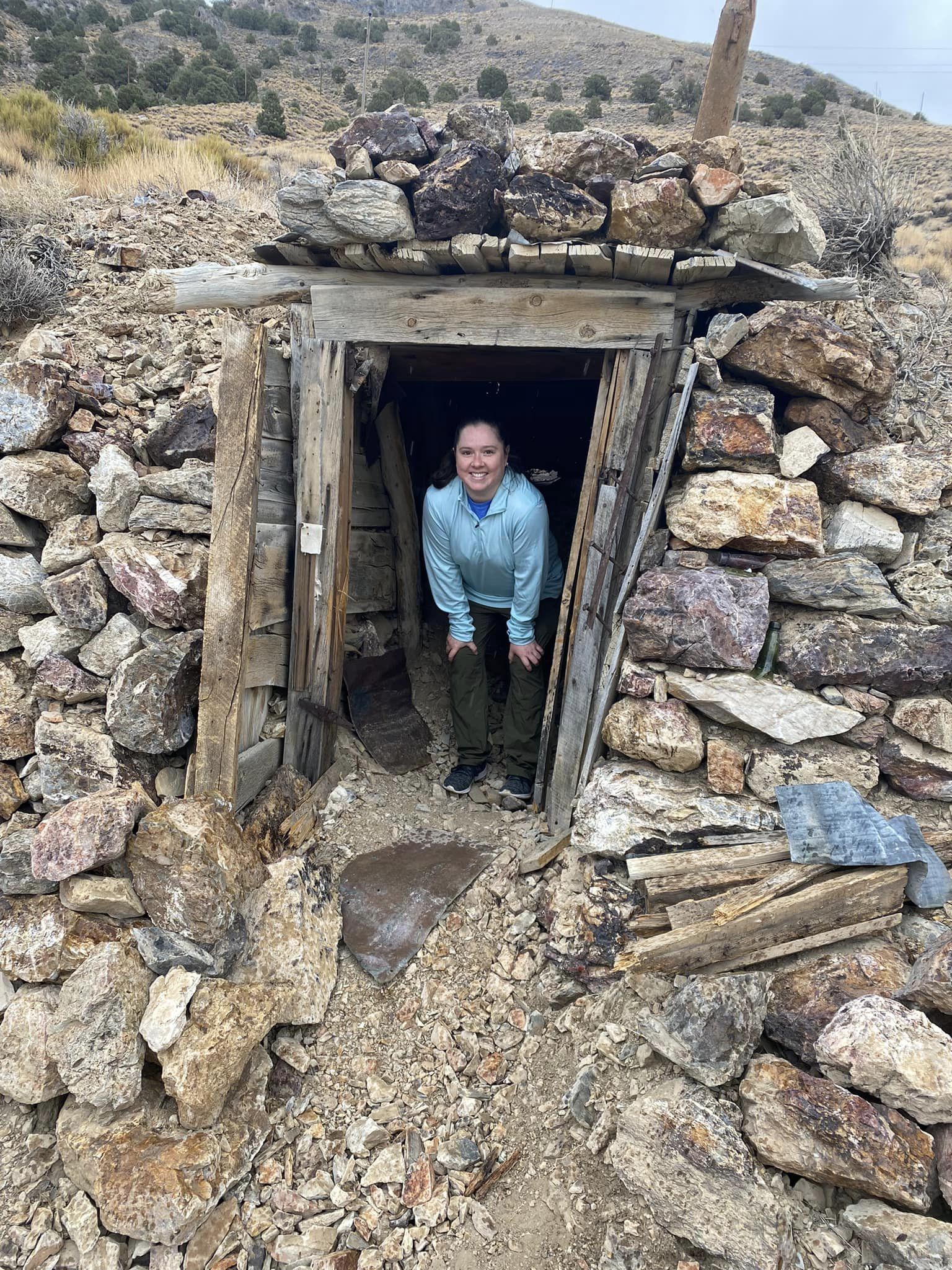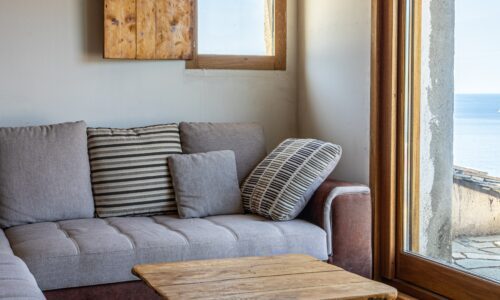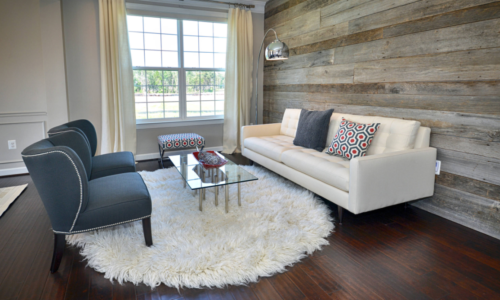The Truth About Paint and Primer In One
Let me start by saying, I’m absolutely not a fan of paint and primer in one, because it’s false advertising and misleading. I won’t mention the brand name, but one paint company that I sell, mailed out new labels for their paint cans. The old labels said 100% acrylic latex enamel . The new labels say Paint and Primer in one. Why did they change the label? It must be because they changed the formula of the product to include primer, right? Wrong.
They changed the label, but they did not change the formula. Why, you ask? Good question. According to the company, the solid content of their paint is equivalent to the solid content of primers. Sound a little misleading? Yeah, I think so too.
Many of my customers come in asking for paint and primer in one because they think it’s going to be less work, or one less step. However, in certain situations it will ultimately be less work to do the extra step of priming. Paint and primer in one does work in certain situations, but that doesn’t mean it’s the best option. Paint and Primer are 2 completely different products that work best as 2 separate products.
When Should you use a Primer?

In simple terms, primer creates a surface for paint to adhere to. However, primer can do other things as well like stain blocking, hiding imperfections, and sealing new wood or drywall.
- Painting new drywall: Because drywall is so porous, it is best to use a primer before painting to seal the surface. If you don’t use a primer, you’ll wind up applying multiple coats of paint because the drywall will soak the paint right in. Not priming new drywall is honestly a huge waste of time and money.
- New interior bare wood: Just like with new drywall, new bare wood is also very porous. Using a primer will seal the surface and bind the wood fibers down to create a more uniform and smooth surface.
- Chipping/Peeling Paint: Use an oil base enamel undercoat primer. This type of primer bonds well to surfaces that have been previously painted, after proper prep work. Benjamin Moore makes a fantastic oil base enamel undercoat primer that I highly recommend… if you can still find it.
- Drastic Paint Color Change: When you change from a light wall color, to a dark wall color or vice versa, it could take more than 3 coats to hide the existing color, depending on the type of paint you’re using. Tinting your primer to a color that is similar to the one you’ll be applying, will save a lot of time. Certain primers however, are not able to be tinted because they require a tint base. If you’re not drastically changing the color, there’s no reason to use a tinted primer. I like Zinsser Deep Tint Primer the best.
- Stains and Odors: Use an oil base primer like Kilz Alkyd Interior to cover up water stains, cigarette smoke odor, pet stains and odor and more.
- Moisture Prone Areas: Bathrooms, Kitchens, Closets and laundry room are all high moisture prone areas. Prime these areas with a mold and mildew resistant primer. I personally like Zinsser Bulls Eye 1-2-3. It’s mold and mildew resistant and works on nearly any surface inside or outside.
- Repaired Walls: Wall patching will absorb paint differently than the rest of the wall. Priming the repaired areas will prevent flashing. However, if you have plaster rather than drywall, any repairs you make will need a coat of oil-based stain-blocking primer. Without it, lime stains will form around the repairs and will bleed through the topcoat.
- Painting Shiny Surfaces: Glass, tile, PVC and any other shiny smooth surface will require a bonding primer. I like the primer called Stix by Insl-X for these types of surfaces.
- After stripping wallpaper: Use a surface sealer like Guardz by Zinsser to seal down any remaining pieces of wallpaper or glue.
When Should You Use Paint and Primer in One?
If the surface you are about to paint has been previously painted , and you are going to re-paint with a similar color and sheen of paint, then a paint and primer in one product would be suitable. However, most paint professionals would highly recommend using a quality primer before painting.






